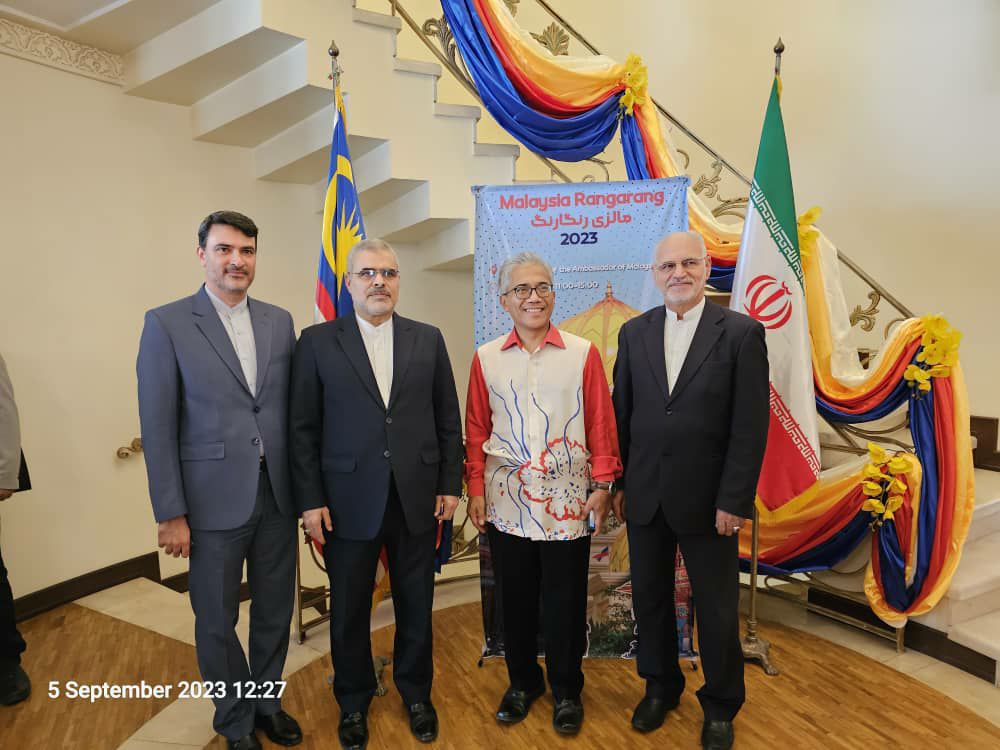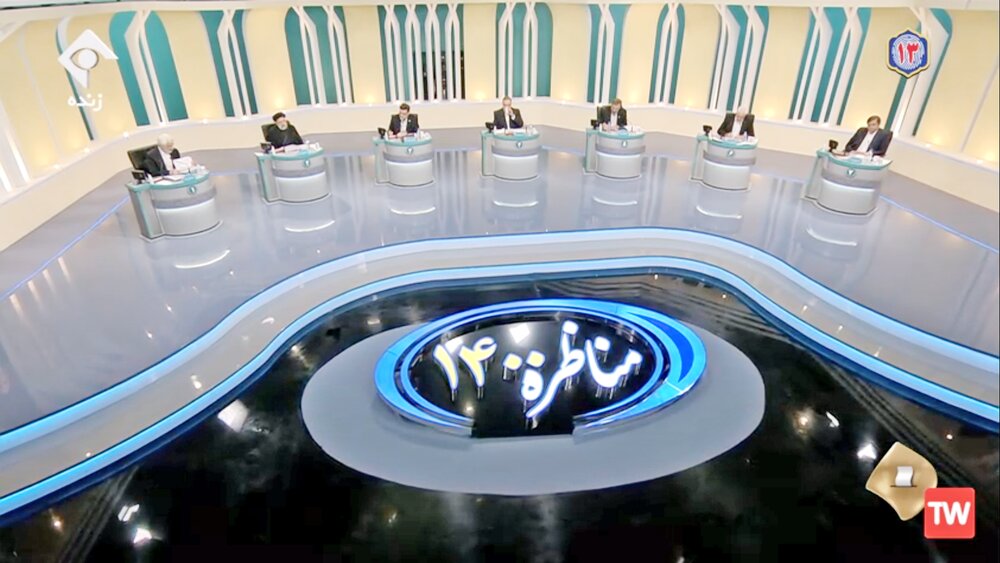Iran Moves to Expand Banking Network Ties With BRICS, Regional Countries
TEHRAN (Iran News) Speaking at a ceremony on Tuesday to unveil the second phase of the Shetab-Mir integration, Farzin emphasized the pivotal role of banking infrastructure in enhancing both economic and cultural ties between nations. “No economic relationship is possible without banking and financial cooperation,” he said. “This initiative aligns with the government’s strategy of strengthening political and economic relations with neighboring countries and BRICS members.”
Farzin reiterated that the integration effort with Russia is part of a larger plan to reduce reliance on Western banking systems, particularly the SWIFT network. “Our goal is to establish an independent and secure financial transaction channel,” he stated. The project is the result of close collaboration between Iranian and Russian banking authorities and has already led to the establishment of correspondent banking relations between multiple Iranian and Russian banks.
In outlining the broader vision, Farzin noted that the Central Bank of Iran aims to implement this Shetab-Mir model across all BRICS countries (Brazil, Russia, India, China, and South Africa) as well as other nations in the region. He emphasized that building a secure banking infrastructure free from Western platforms is a top priority, especially given the current dependence on what he termed “insecure Western systems.”
The Shetab-Mir project also encompasses the interconnection of Iran’s “SEPAM” and Russia’s “SPFS” messaging systems, which serve as alternatives to SWIFT. Additional measures include establishing credit lines, signing monetary agreements, and enabling banking services that support both trade and tourism between the two nations.
According to Farzin, under the newly expanded system, citizens of both countries can now access banking services during travel without needing international banking cards. He confirmed that preliminary work is already underway to implement similar systems with other BRICS and regional countries.
Also speaking at the event, Zulfiya Kakhramanova, Deputy Governor of the Central Bank of Russia, hailed the Shetab-Mir integration as a crucial step in strengthening bilateral banking relations and facilitating services for citizens of both nations.
“In the first phase, Iranian citizens could withdraw cash in Russia using their bank cards,” she said. “With today’s launch of the second phase, Russian citizens can now use their cards to make purchases in Iran. The third and final phase will see full functionality of the system in both countries.”
Kakhramanova added that this cooperation with Iran has been successful and reflects deepening financial ties between the two countries.
Kazem Jalali, Iran’s ambassador to Russia, also spoke at the event, announcing that the Iran-Eurasian Economic Union Free Trade Agreement will be officially implemented on May 15. “This agreement is another major step in cementing economic cooperation between Iran and its northern neighbors,” he said.
Jalali noted that Iran’s auto parts manufacturers are already actively engaging with Russian partners, although challenges still remain. He added that the Shetab-Mir connection would greatly benefit the approximately 10,000 Iranian students and businesspeople residing in Russia, as well as Russian tourists and traders visiting Iran.
He praised the second phase of the project, which allows Russian cardholders to make purchases inside Iran, and called for further action from Iran’s tourism ministry to encourage more Russian travelers.
Noush Afarin Momen Vaghefi, Deputy for Payment Systems and Modern Technologies at the CBI, emphasized the technical robustness of the system. “The connection between the Iranian and Russian card networks has been developed based on international standards, enabling direct transactions without intermediaries,” she explained.
She highlighted the strategic importance of this project, describing it as Iran’s first experience connecting its card network with a neighboring country. Since the first phase became operational, nearly 2 million transactions have been recorded by over 100,000 Iranian users in Russia.
The integration of Iran’s Shetab and Russia’s Mir networks marks a significant milestone in Iran’s push to build an independent and secure banking ecosystem with BRICS and regional partners. As geopolitical shifts drive countries toward multipolar alliances, Iran’s banking strategy reflects a broader attempt to circumvent Western restrictions and foster deeper financial cooperation with emerging economies.
- source : IRAN NEWS ECONOMIC DESK






























